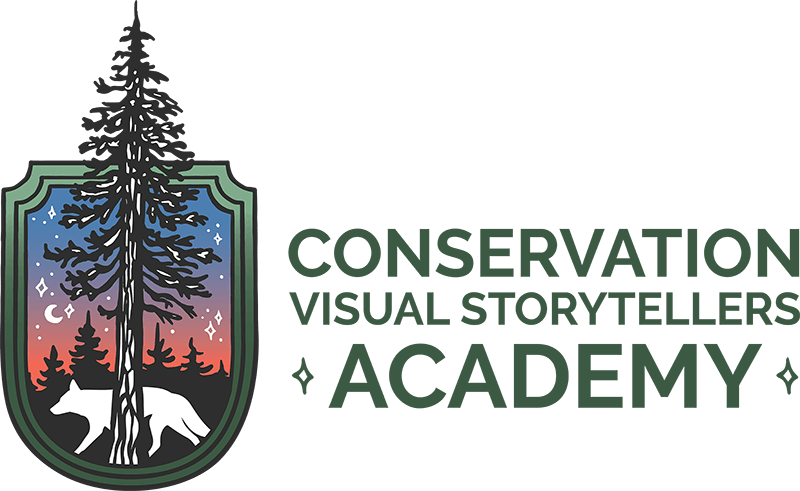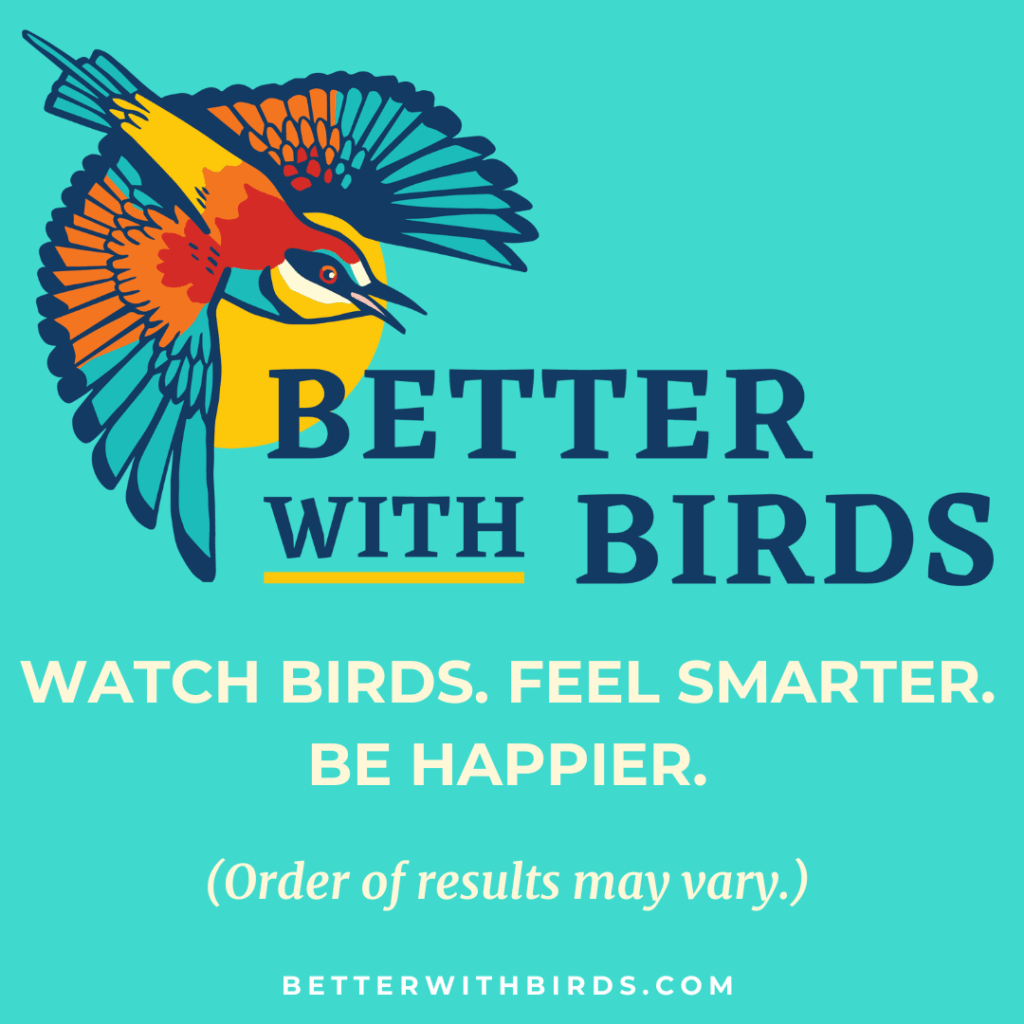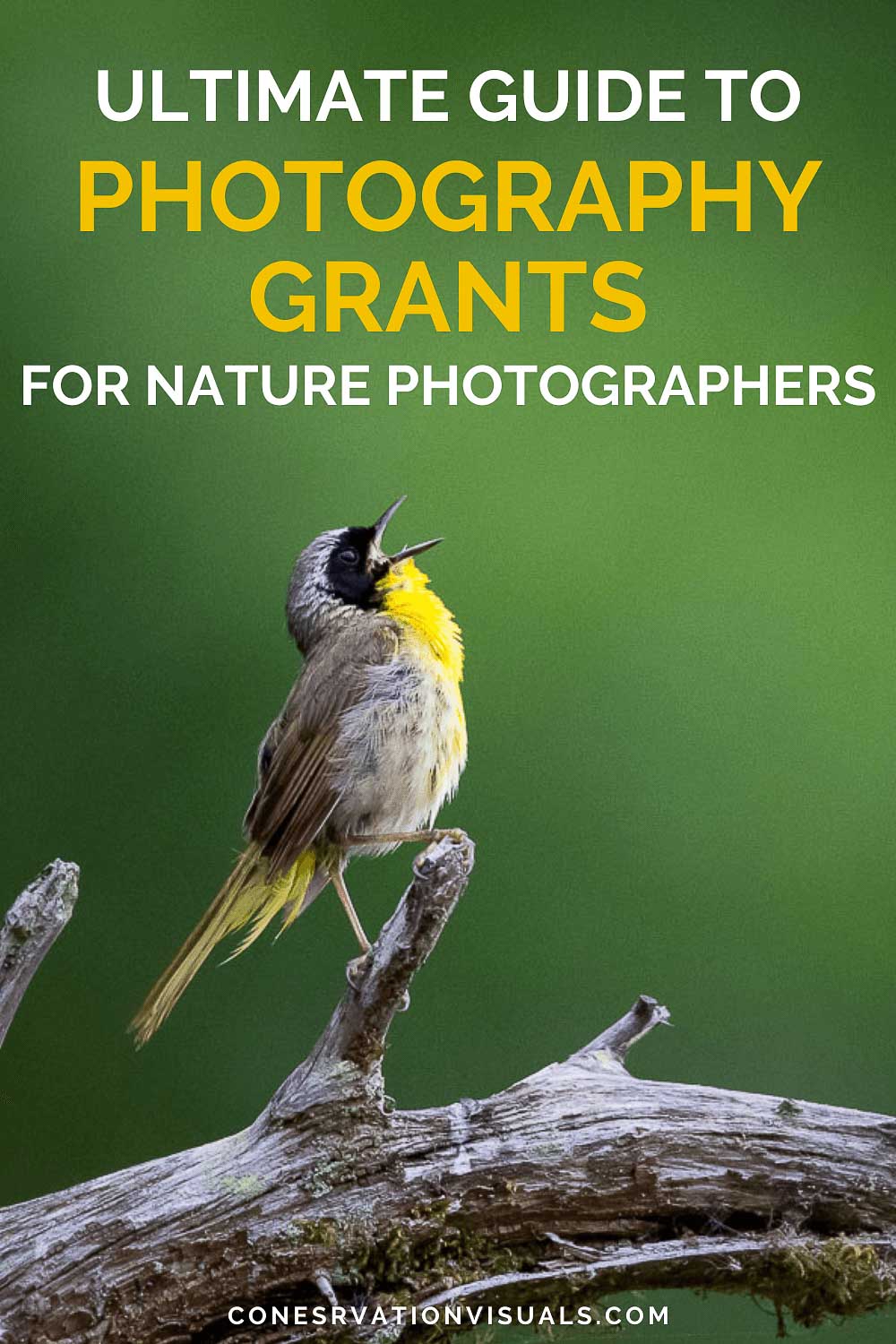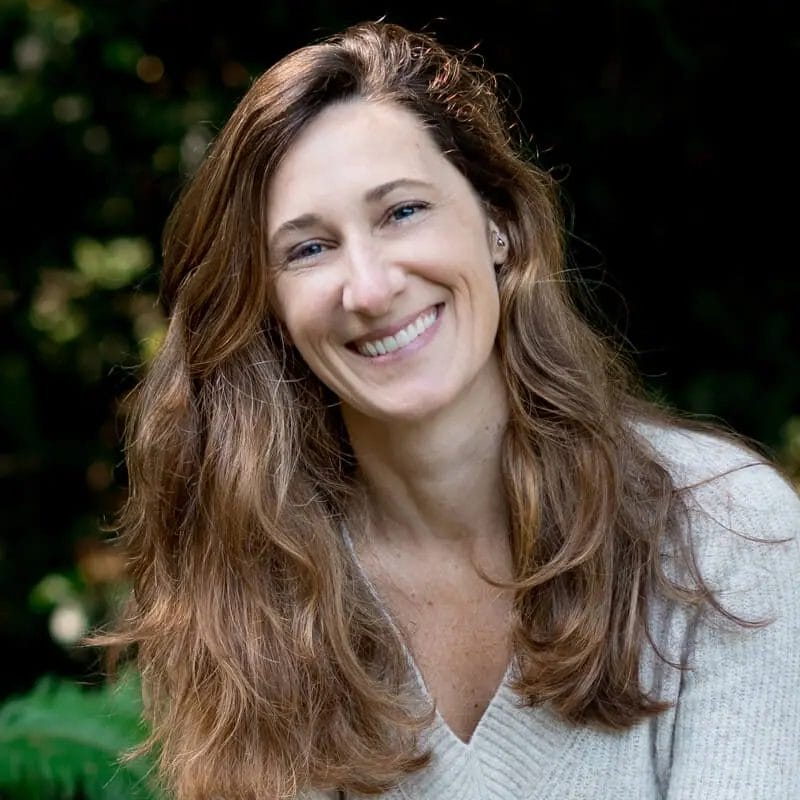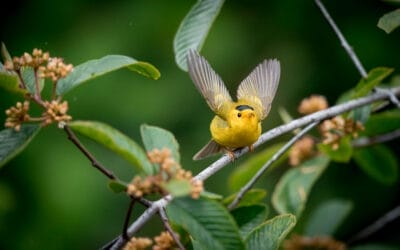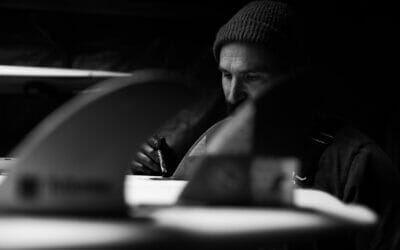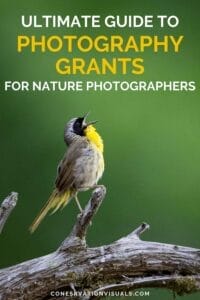Read Time: 14 minutes
Finding the right grant can significantly impact photographers passionate about nature and conservation. Grants provide the essential support to bring your environmental narratives to life, turning your vision into reality.
Navigating the world of grants can be daunting, but we’re here to simplify the process for you. With the right funding, your personal projects can receive the attention and commitment they deserve. Grants can also provide crucial equipment upgrades for those long hours spent in your digital studio.
A well-funded documentary photography project can highlight pressing environmental issues, telling stories that might otherwise remain unheard. When drafting your grant application, conveying your project’s vision with clarity and passion is key to unlocking the necessary funds.
While grants are often pursued for their financial benefits, they also offer a unique opportunity to explore personal artistic goals. Individual photographer fellowships provide not only financial support but also a chance to bring visionary projects to life and share them with the world.
What is a photography grant?
Think of grants as financial acknowledgments that say, “Hey, we see the importance of your work, and we want to help you make it happen!” They aren’t handouts; they’re investments in the powerful stories you’re itching to tell through your lens!
Whether you’re a pro or just getting started, there are organizations out there that recognize talent and are willing to back it up with MONEY. Grants can cover a wide range of needs, from purchasing equipment to covering travel expenses to assisting with the publication costs.
This is support given to you because someone believes in the significance of your work as much as you do. Pretty awesome, right?
How grant funding helps you
With grant funding, a photographer’s personal project can be given the attention and commitment it deserves. For photographers who spend long hours in their private digital studio, grants can provide equipment upgrades. A documentary photographic project funded by a grant can be a powerful tool to shine a light on pressing environmental issues, telling stories that might otherwise remain unheard.
When drafting your grant application, sharing the vision of your proposed project with clarity and passion could be the key to unlocking those funds and making your dream project a reality. While grants are often sought for their financial benefit, they also offer a unique avenue to pursue purely personal artistic imperatives. Individual photographer’s fellowship grants provide not only financial support but also a unique opportunity to bring visionary projects to life and share them with the world.
When a project demonstrates courage, it often challenges societal norms or ventures into uncharted territory.
What to look for in a photography grant in general
When you’re on the lookout for a grant, think of it like choosing a new lens. You don’t just pick any lens. You look for the one that fits your specific needs, style, and goals. Same goes for grants.
First, consider the scope and mission of the grant. Does it align with the essence and goals of your project?
Second, check the eligibility criteria thoroughly. You don’t want to put your heart (and time) into an application only to find out you’re ineligible.
Third, look at what the grant that offers financial and logistical support that meet the needs of your project, covering not just equipment and travel expenses, but also potentially offering guidance and networking opportunities. Opt for grants that connect you with a community of like-minded folks. These networks are invaluable, providing feedback, and collaboration opportunities.
Lastly, don’t forget about the fine print regarding rights and publishing. Ensure the grant allows you to retain control over your work and its future use. Your images are your voice!
What to look for in a grant if you’re focused on nature, wildlife, and environmental conservation
If you’re a nature, wildlife, or conservation photographer, you’re going to be looking for grant opportunities tailored to environmental causes. These can offer not just financial support but sometimes access to conservation areas, wildlife reserves, and even data not publicly available.
Look for grants that emphasize storytelling with a purpose. Your photography is not just about capturing images; it’s about telling stories that matter, stories that initiate change. Grant-funding an environmental photography project can dramatically amplify your voice.
That being said, don’t limit yourself. The impact of environmental issues is more far reaching than many realize. By opening up your search, you can expose a broader audience to conservation.
How to prepare for applying for a photography grant
The best way to be prepared to apply for a grant is, well, to be prepared. I cover this in more detail here: “How to Win Wildlife Conservation Photography Grants in 3 Steps”. It’ll help you loads in getting setup for grant success, I promise.
In that article, I cover in detail the three steps to being grant-prepared:
- Tracking grant opportunities. Finding grants in the first place is important, but just as important is having a system to help you stay on top of due dates, requirements, and the application status.
- Gathering project materials. Applying for a grant is not necessarily fast nor easy. But, you can be prepared to apply for any grant opportunity that makes its way in front of you by creating a folder that holds the basics of what you need to apply for virtually any grant.
- Apply and track! The third step is to start applying for grants and tracking your submissions in the trusty grant tracker spreadsheet!
Tips for how to write a photography grant
Writing a winning grant proposal requires more than just a passion for your project; it requires strategy, clarity, and connecting with the mission of the grant.
Here are some tips to keep in mind:
- Tell a compelling story. Begin by painting a vivid picture of what you aim to achieve with your project. How will your work make a difference? What unique perspectives are you bringing to the table? Your narrative should stir emotions and evoke a sense of urgency.
- Be clear and concise. Ensure that your proposal is easy to understand. This clarity of expression shows that you have a solid grasp of what you want to achieve. Similarly, in keeping the text clean, avoid generic jargon and instead let your unique perspective shine through.
- Tailor your proposal. No two grants are the same, so avoid the temptation to use a one-size-fits-all proposal. Tailor your application to reflect the objectives and values of the grant, and align your goals with the overseeing organization’s mission.
- Demonstrate feasibility. It’s essential to show that your project is not just aspirational but achievable. Include a realistic timeline, budget, and any logistical considerations that demonstrate you’ve thought through how to bring your project to life.
- Seek feedback. Before you submit your proposal, get feedback from peers, mentors, or even past grant recipients if possible. Fresh eyes can offer valuable insights, catch errors, and suggest improvements that can make you stand out.
The key to a successful proposal lies in how well you connect with the reader, clearly communicate your vision, and demonstrate the feasibility and impact of your project. Stay true to your voice and be thorough in your preparation.
For more help, check the following resources for writing photography grants:
Best grants for photographers focused on wildlife, nature, and conservation
???? Note: Grant rules, entry dates and availability change. We’ve done our best to keep this list updated with the most current information. But please be sure to double-check when grants are accepting applications and other details.
The Alexia
Based out of Syracuse University’s Newhouse School of Public Communications, The Alexia provides grants for professional photographers as well as students and emerging photographers.
Professional grants include:
- The Alexia Grant: $20,000 and a Sony camera/lens
- The Alexia Environmental Change Grant sponsored by James Balog / Earth Vision Institute: $15,000
- The Alexia Conservation Grant sponsored by The fStop Foundation: $5,000
Student grants include:
- The Alexia Grant: $1,000, a Sony camera/lens, tuition and fees to audit three Newhouse School of Public Communications courses, and consideration for a paid position as research assistant to The Alexia chair.
- The Alexia Conservation Grant sponsored by The fStop Foundation: $1,000
They also offer The Alexia Emerging Photographer Grant for photographers relatively new to the field.
Black Women Photographers
Black Women Photographers in partnership with Nikon provides a total of $50,000 in project-based and business grants and Nikon gear.
Grants include:
- One $10,000 grant to fund the completion of a visual project.
- Five $5,000 grants to fund the completion of a visual project.
- Five $3,000 grants to help ease the burden of business expenses.
CatchLight Global Fellowship
The CatchLight Global Fellowship annually awards $30,000 to a leader in visual storytelling.
Center for Advancing the Photographic Arts
The Center for Advancing the Photographic Arts offers:
- Project Launch Grant: $7,500
- Project Development Grant: $5,000
Additionally, the Center sponsors documentary projects that educate the public about critical environmental or social issues through the Blue Earth Fiscal Sponsorship.
Dorothea Lange-Paul Taylor Prize
Managed by Duke’s Center for Documentary Studies, the Dorothea Lange–Paul Taylor Prize annually awards $10,000 to support artists “engaged in extended, ongoing fieldwork projects that fully exploit the relationship of words and images in the powerful, persuasive representation of a subject.”
Emerging Photographer Grant
BigPicture’s Emerging Photographer Grant aims through its $5,000 grand prize to support emerging photographers “with fresh visual approaches to the science, conservation, and regeneration of the natural world. Grantees receive a stipend, mentorship, and exhibition of their work at the Academy.”
Getty Images and iStock Grants
Through their creative and editorial grants, Getty Images and iStock have enabled supported photographers, videographers, and other visual artists “bring attention to significant social and cultural issues.” Grant subjects change annually with past topics including Editorial Inclusion Grants and Editorial Grant For Photography Programs ranging in awards of typically $5,000 to $15,000.
Howard G. Buffett Fund for Women Journalists
International Women’s Media Foundation’s Howard G. Buffett Fund for Women Journalists provides funding for reporting projects or professional development opportunities with a priority on underreported stories of global importance with an average grant amount of $6,000 and no more than $10,000.
The Ian Parry Photojournalism Grant
The Ian Parry Photojournalism Grant is intended for young photographers under 24 or those enrolled in a full-time photographic course that are using photojournalism or documentary photography to address a topic related to the human condition. Sponsored by Canon, the award includes £10,000, equipment loan, mentorship, and portfolio review among other benefits.
Innovate Grant
With a streamlined application process that emphasizes getting funding out quickly and often, the Innovate Grant supports artists and photographers by distributing two $1,800 grants each quarter.
Lucie Scholarship Program
The Lucie Foundation awards winning entries $3,000 for professional photographers and $1,000 for emerging photographers.
Magnum Foundation
Through its Photography Expanded Fellowship, the Magnum Foundation provides fellowships and mentorship for up to 12 photographers that includes a grant of $10,000.
Also administered by Magnum Foundation, the Inge Morath Award is given to a woman or non-binary photographer under thirty to assist in the completion of a long term documentary project. The winner receives $7,500 and one finalist also receives $1,000.
National Geographic Grants and Investments
National Geographic provides funding to “individuals working on projects in science, conservation, storytelling, education, and technology,” while also helping them connect within the National Geographic network.
Grants are awarded at two levels:
- Level 1 grants of up to $20,000 plus opportunities for training, networking, coaching, and mentorship for individuals early in their career
- Level 2 grants typically around $50,000-$60,000 for individuals more established in their field
Ocean Storytelling Photography Grant
In supporting marine conservation, the Save Our Seas Foundation believes “that to truly translate knowledge into effective, meaningful change we must communicate through engaging stories.” Through their new emerging Ocean Storyteller Grant, they’re working to support “a new and diverse generation of conservation storytellers.”
The grant is award to four storytellers who “each receive a fully funded assignment to shoot a conservation photo story on location, under the direct mentorship of the Ocean Storytelling Grant team.”
Philip Hyde Conservation Grant
Administered by the NANPA Foundation, the Philip Hyde Conservation Grant is awarded “to an individual NANPA member who is actively pursuing completion of a peer-reviewed environmental project that is consistent with the missions of NANPA and the NANPA Foundation.” Typically the grant is for $2,500, in 2023 it was doubled thanks to an anonymous donor. Here’s to hoping that happens again in 2024!
Pulitzer Center
The short-term grants and yearlong reporting fellowships offered by the Pulitzer Center “support in-depth, high-impact reporting.” Through these opportunities, recipients are also granted access to the Pulitzer Center’s extensive professional network.
Grants include:
- Global Reporting Grants: The Pulitzer Center signature, “catch-all” grant, typically between $5,000 and $10,000
- Connected Coastlines Grants: Available for climate reporting in U.S. coastal states.
- Rainforest Reporting Grant: Provides short-term, project-based funding for journalists reporting on tropical rainforests in the Amazon, Central Africa, and Southeast Asia.
- Ocean and Fisheries Reporting Grant: Funding to report on ocean and fisheries issues.
- Our Work/Environment Reporting Grants: Funding focused on climate change and its effects on workers and work.
- Underreported Stories in Africa: Funding dedicated to supporting issues impacting African communities.
- Eyewitness Photojournalism Grant: Awarded with Diversify Photo, this editorial photography grant helps fund projects by historically underrepresented independent photojournalists.
Fellowships include:
- Persephone Miel Fellowships: “Designed to support journalists from outside the U.S. and Western Europe.”
- Campus Consortium Student Reporting Fellowships: Available for undergraduate and graduate students through the Campus Consortium.
W. Eugene Smith Memorial Fund
This fund “follows the tradition of W. Eugene Smith’s concerned photography and dedicated compassion.” Two grants are available (sadly, the Howard Chapnick Grant is currently suspended due to financial limitations):
- The W. Eugene Smith Grant: $30,000, with an additional $10,000 awarded as a Fellowship and another finalist awarded $5,000 (in 2023)
- The W. Eugene Smith Grant for Student Photographers: $3,000 (in 2023)
Women Photograph Project Grants
With support from Nikon USA and MPB, five (5) $5,000 grants to support photography projects by women photojournalists.
More to explore!
- British Ecological Society Outreach and Engagement Grants
- Canada Council for the Arts
- Digital Arts Resource Centre Media Art Production Fund
- Firecracker Photographic Grant
- The Gomma Photography Grant
- International PhotogrAphy Grant
- The Manuel Rivera-Ortiz Grant
- Mountain Equipment Company Community Grants
- National Press Photographers Foundation
- Ontario Trillium Foundation
- Patagonia Media Grants Program
- Puffin’s Annual Artist Grant Program
- Sony Alpha Female Plus Grant Program
- True Calling
